Complete Guide to Metal Manufacturing Methods: Die Casting, Forging, Machining and More
Author: SAIVS Date Published: May 26,2025
Comparing Common Metal Manufacturing Processes: Die Casting, Forging, Machining & More
Metal parts production relies on a variety of manufacturing techniques, each suited for different needs in terms of strength, precision, cost, and complexity.
Whether you are sourcing high-quality components for heavy equipment, industrial machines, or consumer electronics, understanding the differences among these methods is crucial for choosing the right supplier and process.
Below is a detailed comparison of some of the most common metal forming and machining processes.
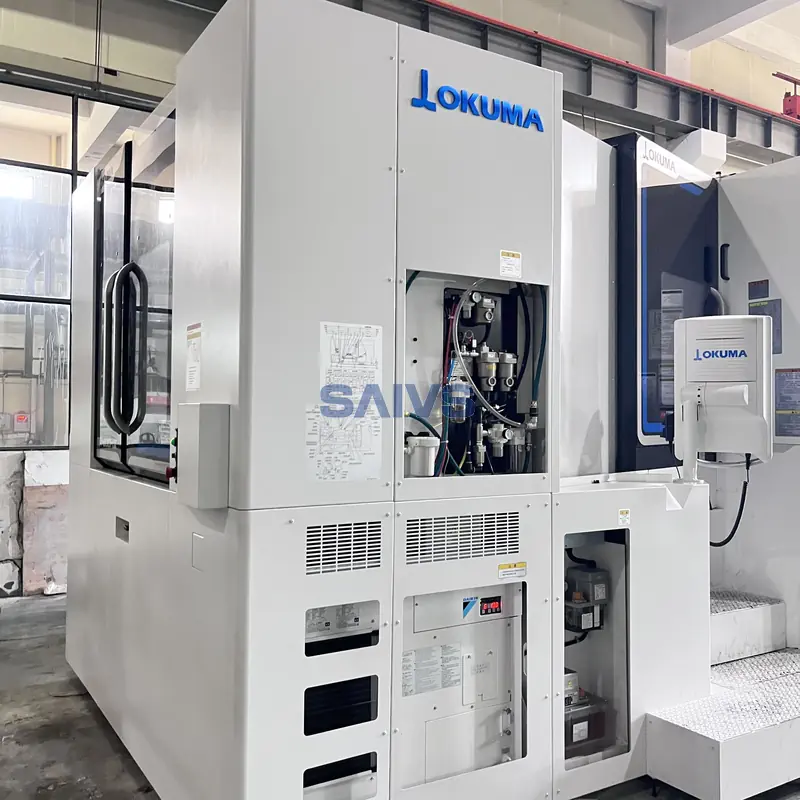
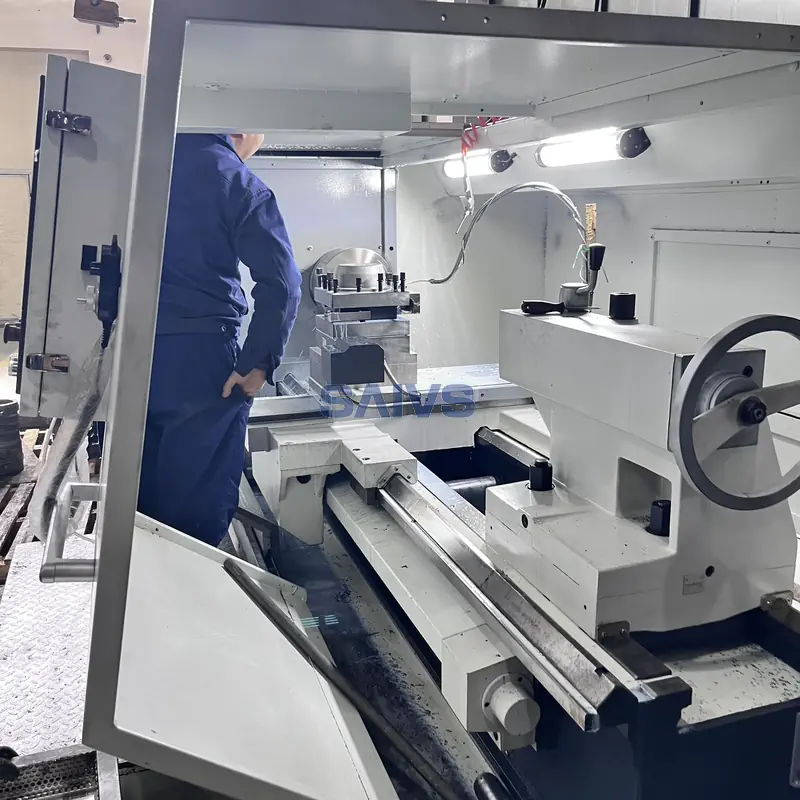
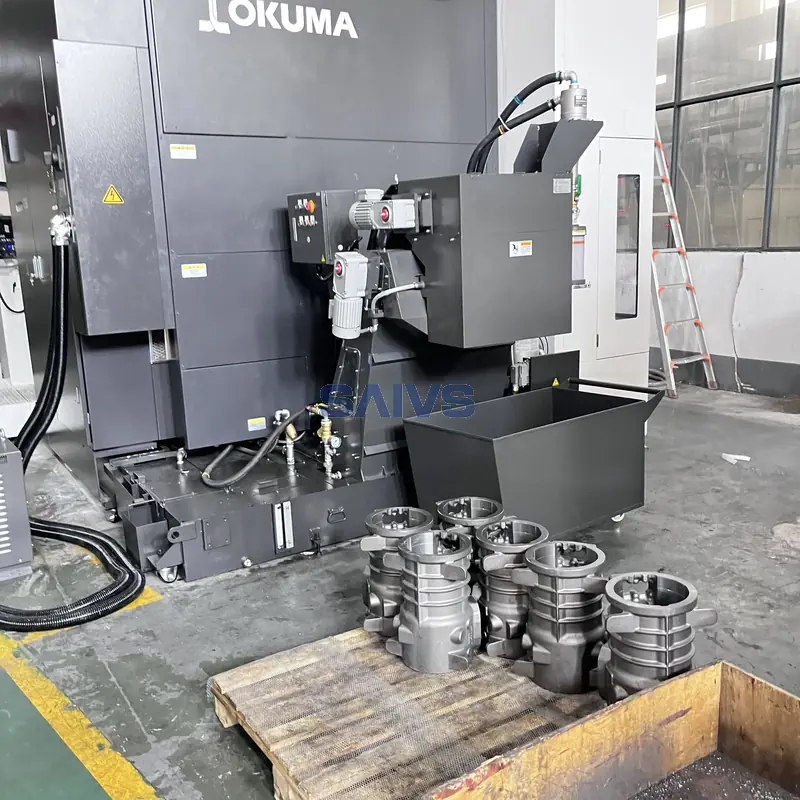
Die Casting vs. Sand Casting
Die Casting
Die casting involves injecting molten metal into a steel mold under high pressure.
This method is ideal for mass production of parts requiring excellent surface finish and tight dimensional tolerances.
The molds are durable and reusable, typically made from high-strength steel alloys.
It is commonly used for automotive parts, electronics housings, and complex machinery components.
Sand Casting
Sand casting uses expendable sand molds formed around a pattern.
It’s a cost-effective option for low-volume or large-size metal parts.
While it does not provide the same surface finish or precision as die casting, it allows for more flexibility in shape and scale, making it popular in heavy machinery and industrial equipment manufacturing.
Investment Casting & Centrifugal Casting
Investment Casting
Also known as lost-wax casting, this technique is ideal for producing parts with intricate details.
A wax model is coated with ceramic material to form a mold.
After melting the wax out, molten metal is poured in.
Investment casting is widely used in aerospace, medical tools, and precision machinery.
Centrifugal Casting
This process uses a rotating mold to distribute molten metal through centrifugal force.
It's ideal for cylindrical parts like pipes and bushings, ensuring a dense, defect-free structure.
Forging, Rolling, and Drawing
Forging
Forging applies pressure to deform metal into a desired shape.
Die forging, hammer forging, and roll forging improve the mechanical properties of parts.
This method is preferred for high-stress components such as gears, shafts, and aerospace parts.
Rolling & Drawing
Rolling reduces metal thickness through rollers, often done at high temperatures (hot rolling) or room temperature (cold rolling).
Drawing pulls metal through dies to produce wires, tubes, and precision rods. Both methods are efficient for mass production.
Machining Processes: Turning, Milling, Grinding & More
Turning
Turning rotates the workpiece while a stationary cutting tool shapes it.
It's suitable for cylindrical parts like shafts and bushings and is common in repair shops and manufacturing lines.
Milling & CNC Machining
Milling uses rotary cutters to remove material. Modern CNC milling machines allow 3-axis or multi-axis precision cutting for complex parts such as molds, impellers, and aerospace components.
Grinding & Planing
Grinding ensures smooth, precision finishes, especially after primary processing.
Planing removes excess material through linear cutting and is ideal for flat surfaces and large parts.
Advanced Forming Technologies
Metal Injection Molding (MIM)
Combining plastic injection molding and powder metallurgy, MIM is used to manufacture small, complex, high-strength metal parts, especially in medical, electronics, and military industries.
Squeeze Casting & Continuous Casting
Squeeze casting fills molds under pressure, ensuring excellent density and structure, suitable for automotive parts.
Continuous casting allows for uninterrupted metal production, maximizing efficiency in billet and slab manufacturing.
Why Choose Us as Your Metal Parts Supplier?
At our company, we specialize in supplying custom and standard components produced through die casting, forging, machining, and other methods.
Whether you need small precision parts or large industrial castings, we offer high-quality manufacturing at competitive prices, tailored to your specifications.
- Full in-house Quality Control
- OEM & ODM support
- Global shipping and fast turnaround
- Technical engineering support
Conclusion
Understanding the strengths of different metal forming techniques allows you to make informed decisions when sourcing parts.
Whether you need tight tolerance components, high-strength forged parts, or affordable large castings, we can help deliver the right product for your application.
Why Choose SAIVS™ as Your Supplier?
1.Superb Quality Control Management
At SAIVS, we take pride in our perfect quality management systems and procedures, which guarantees the excellent performance of all our producs, being a professional Investment Casting | Die Casting| Sand Castingmanufacturer in China.
2.Rich Production Experience
With 20 years of experience in production, SAIVS has a deep understanding of the market and trends, and strives for continuous research and innovation. This has created advantages in both the product's performance and appearance.
3.Competitive Prices
As a Chinese factory committed to becoming the most cost-effective Investment Casting | Die Casting| Sand Castingexporter in China, SAIVS provides high-quality products at advantageous prices. By lowering costs and increasing efficiency, we ensure that our customers receive the best possible value for their investment.
4.Perfect After-sales Service
At SAIVS, we strive to provide superior customer service that meets and exceeds expectations. We are always available for any questions or concerns you may have, and we stand by our commitment to providing excellent after-sales support.
Related Posts
-
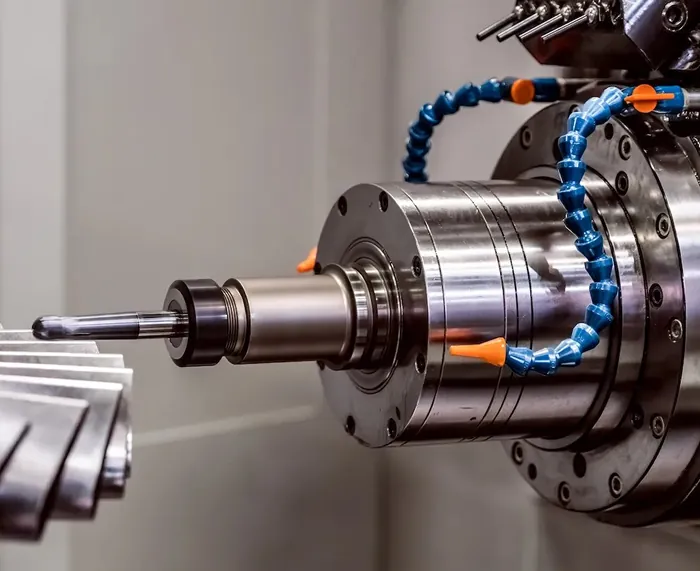
Die cast product design: 3 considerations
Die casting is a manufacturing process used to produce metalcomponents with high precision and efficiency. It involves injecting molten metal into a die, which ...
-
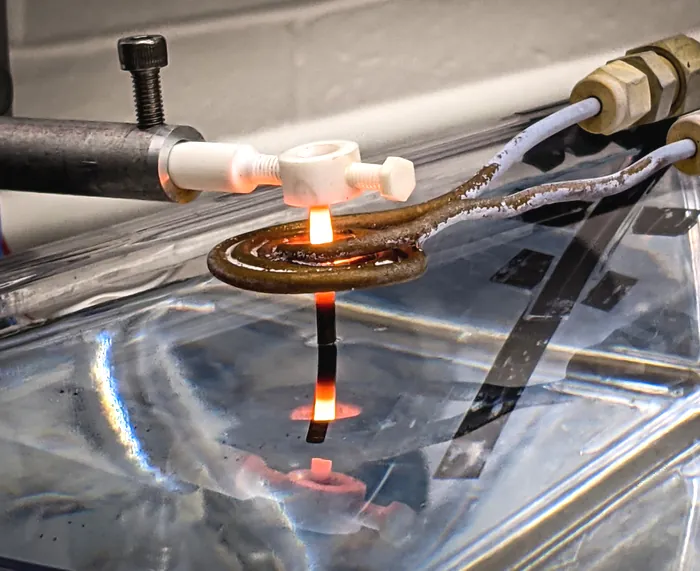
How Printing Choices and Design Enhance the Strength of Your 3D Prints
This passage discusses factors that influence the tensile strength of 3D printed parts.
-
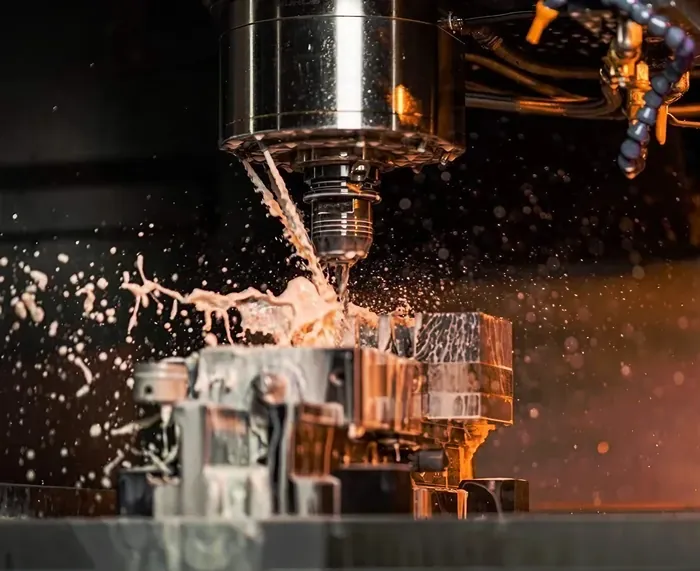
The Advantages of CNC Machined Parts Over Molded Parts
CNC machining offers numerous advantages over molding. Discover why machined parts are the preferred choice for rapid prototyping and small-batch production in ...
-
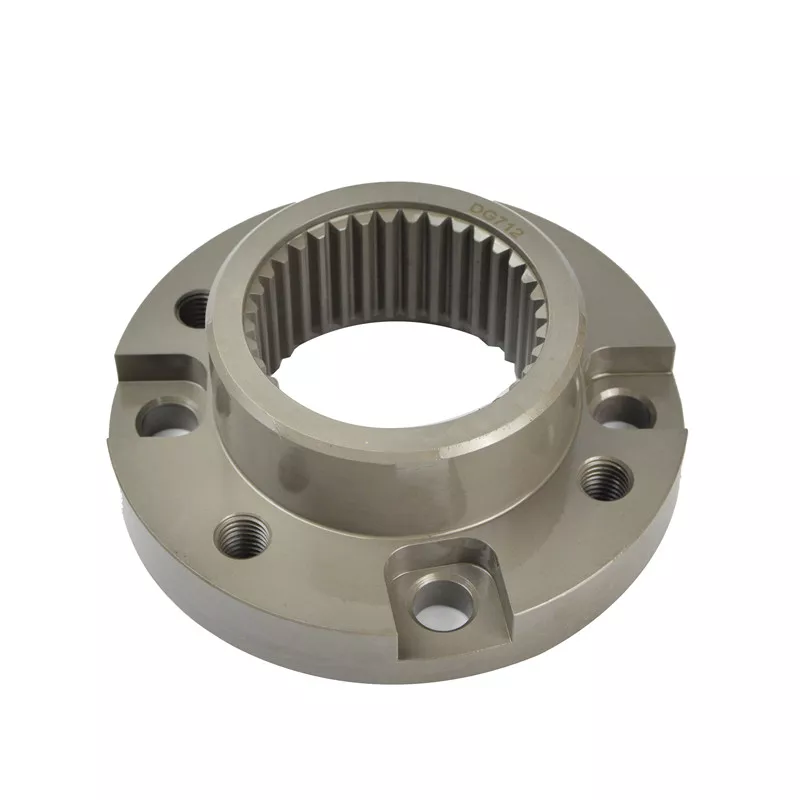
Advantages and precautions of aluminum alloy gravity casting?
The thickness of the outer wall of aluminum alloy castings in the process of gravity casting is called wall thickness, which is an important factor in the proce...
-
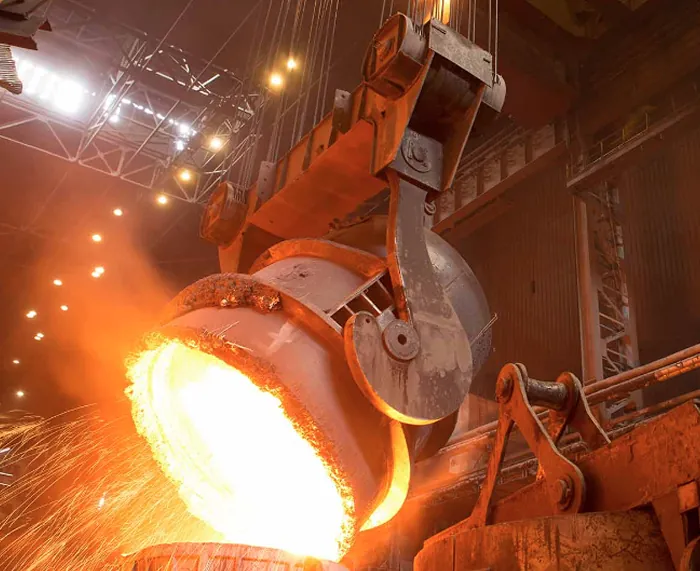
Selecting Metals For Various Die Casting Methods
Die casting is a manufacturing process used to shape metal and produce complex metal parts using reusable molds called dies. Die casters utilize a die casting m...
-

6 Effective Strategies to Stop Rust in its Tracks
Learn how to prevent rust with smart choices & clever tricks. From steel secrets to coatings & care, keep your projects strong & beautiful. Start ru...

